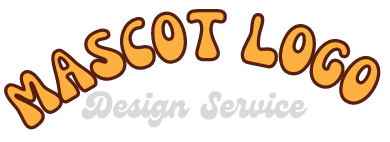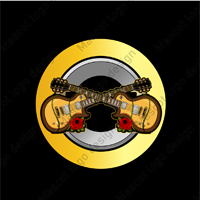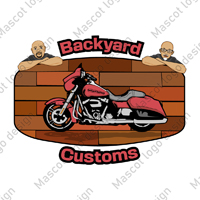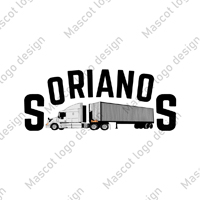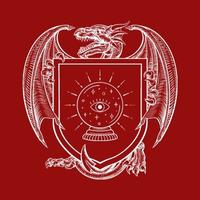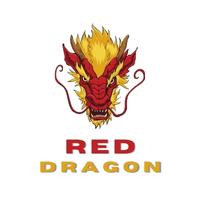Making Mascot Logo Design Unforgettable
Mascots for brands can be an effective and memorable way to communicate the identity and purpose of a brand, while also creating an approachable and personable feeling. They can take the form of any animal, human, or item, and are designed to evoke strong emotional responses and positive associations that can help consumers to engage with the brand. It is well established that symbols such as mascots allow the human brain to connect to mental pictures of heroes, cartoon characters, and other positive personalities, allowing for the quick and easy recognition of a brand. For example, some of the most well-known mascots include the popular Geico Gecko, the Kool-Aid Man, and the Michelin Man.

The character of Mascot Logo Design
When designing a mascot, it’s important to consider the target audience and the message that the brand or organization wants to convey. The mascot’s features, expressions, and body language should accurately convey the desired message and evoke the desired emotions in the audience. For example, if the brand or organization wants to convey a sense of strength and power, the mascot’s features should be bold and confident. On the other hand, if the brand or organization wants to convey a sense of fun and playfulness, the mascot’s features should be lighthearted and whimsical. Consider the consistency of the mascot’s character representation. The mascot’s features, expressions, and body language should be consistent across all applications and uses, helping to build brand recognition and memorabilit
The Spirit Of Mascot Logo Design
A mascot logo should embody the spirit and energy of the brand or organization it represents. The design should be dynamic, lively, and captivating, capturing the audience’s attention and creating an emotional connection.
The spirit of a mascot logo can be conveyed through the use of vibrant colors, bold lines, and dynamic compositions. For example, a mascot design that uses bright, bold colors and dynamic lines will convey a sense of excitement and energy, while a mascot design that uses soft, muted colors and flowing lines will convey a sense of peace and tranquility. The spirit of a mascot logo should also be consistent with the brand or organization it represents. A mascot that is designed to embody the spirit of a sports team, for example, should convey a sense of athleticism and competition, while a mascot that is designed to embody the spirit of a school should convey a sense of education and creativity.
